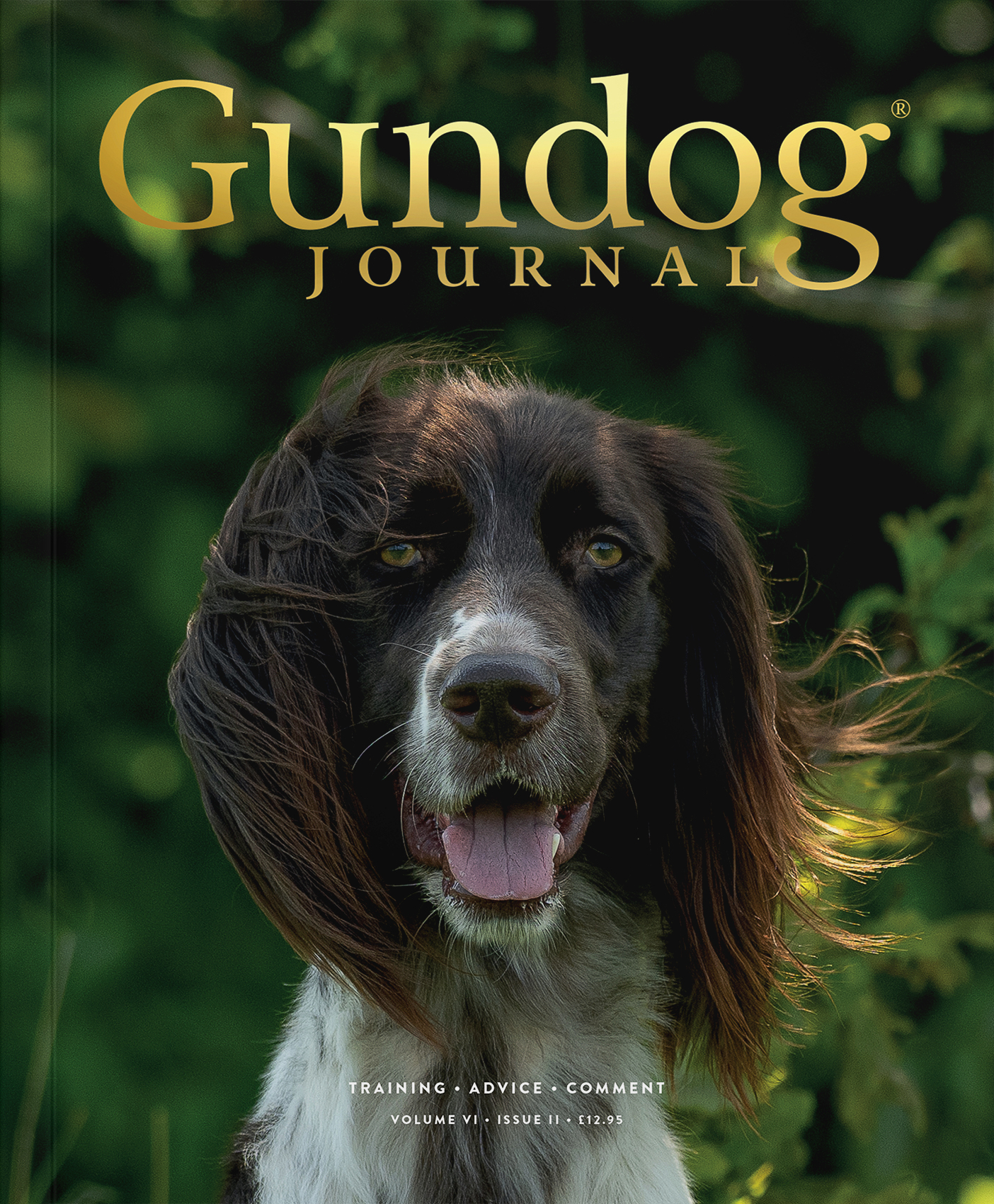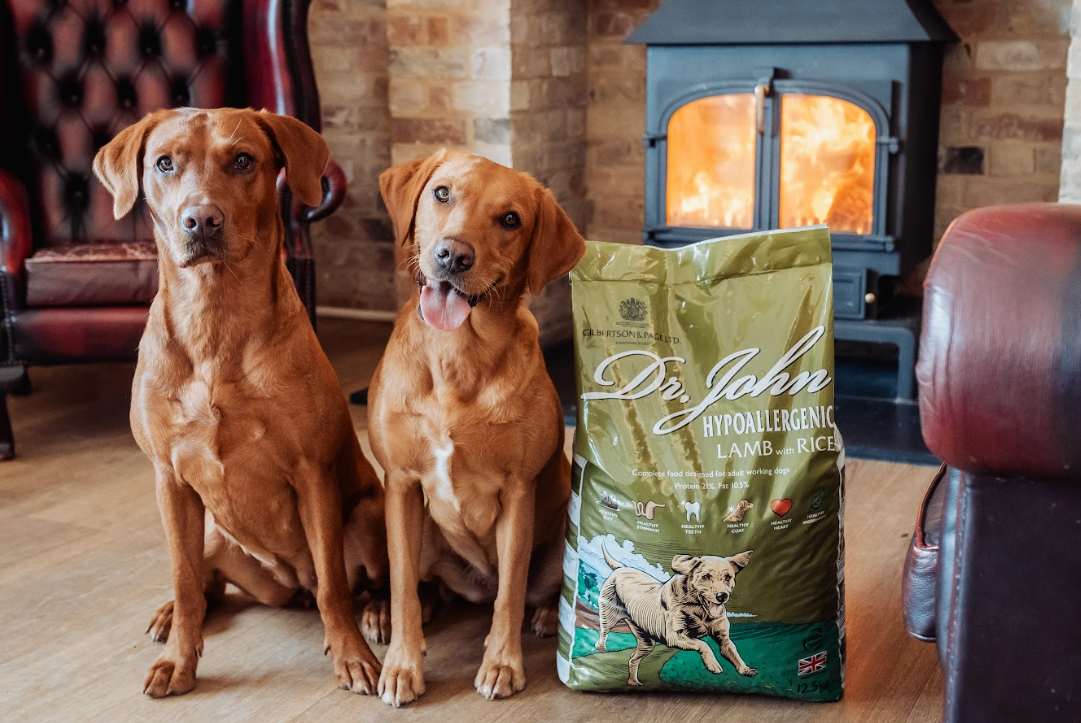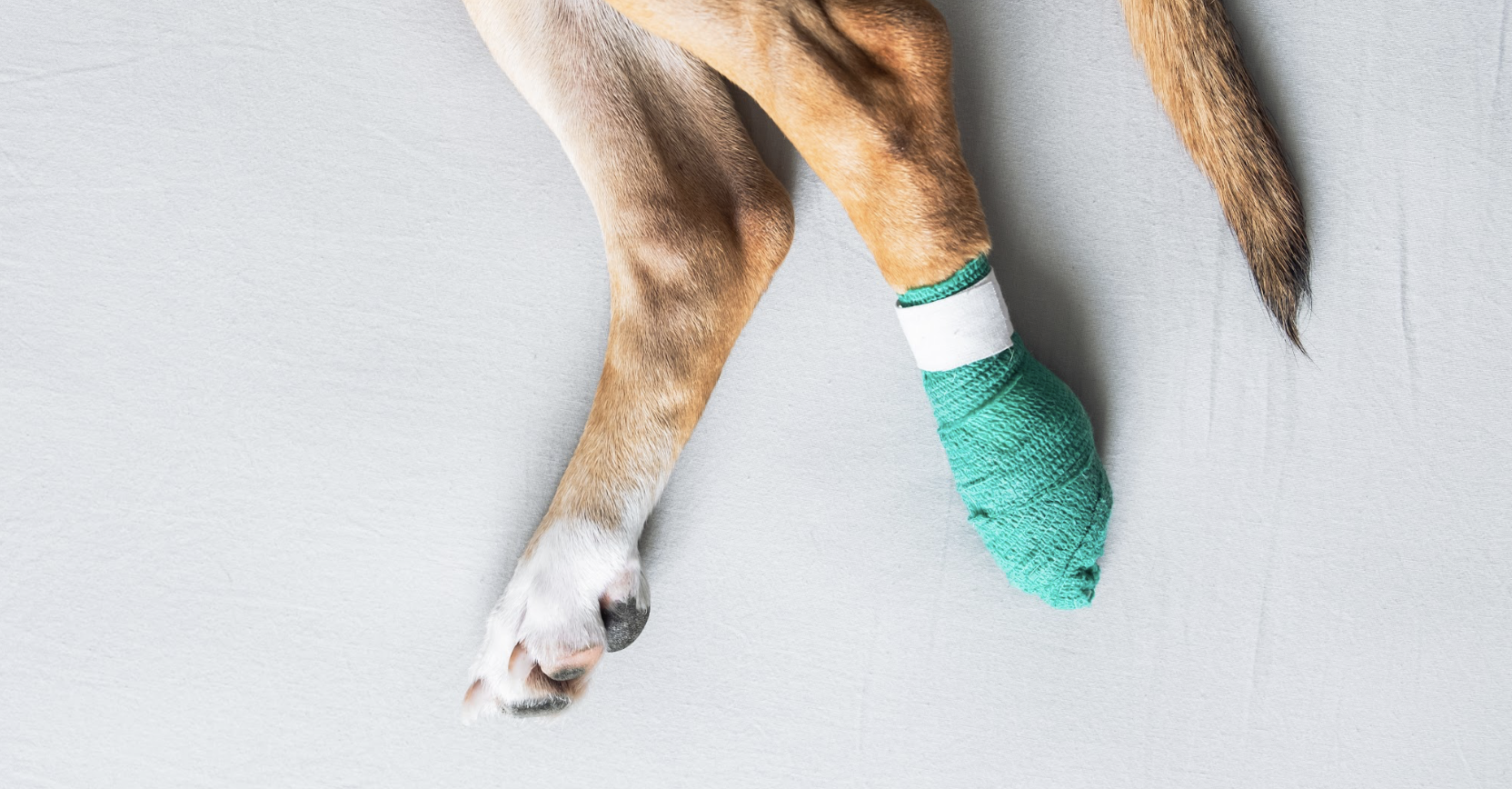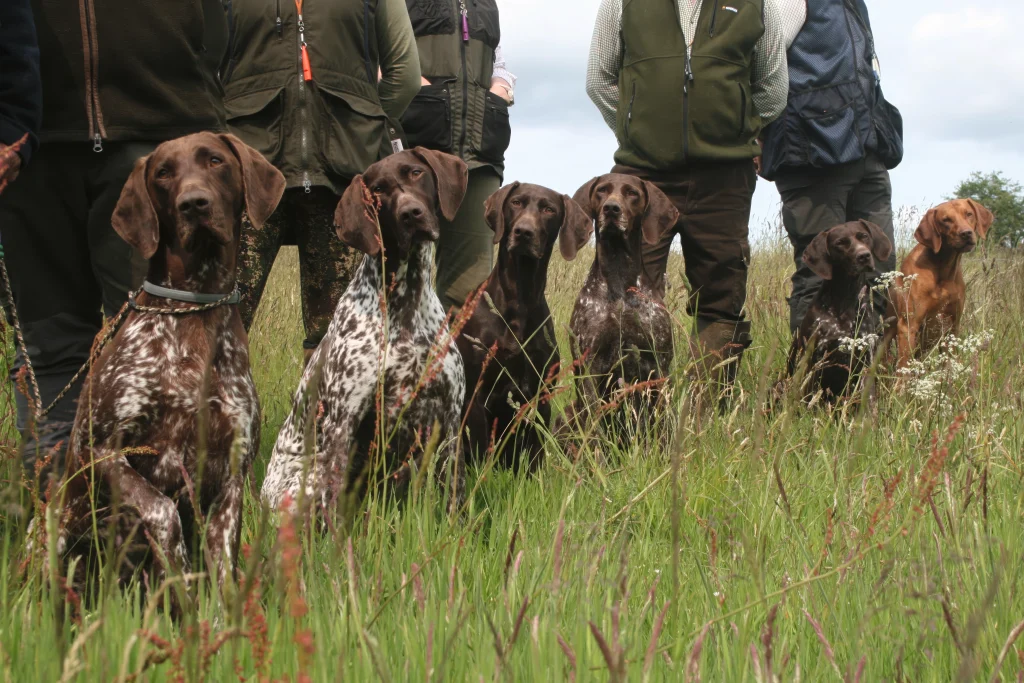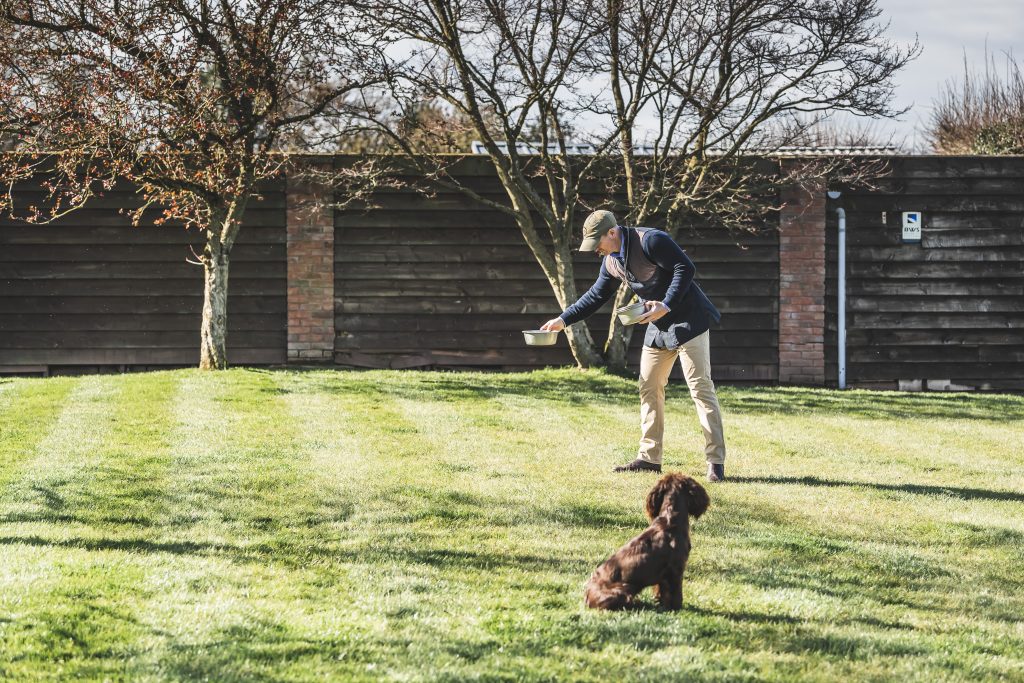How to make your gundog’s first shoot day a success
As the new shooting season begins Ben Randall has some expert guidance on getting it right from the very start with your young dog.

The summer should have been the ideal time to establish the gundog training foundations ready for the 1st of September. This key date marks the start of the partridge and duck season, with pheasants following on 1st October.
Across the UK, opportunities for picking-up partridges in September can be limited compared with later in the season. Duck shooting, however, often presents excellent chances to work your dog. With perseverance, you should be able to find a day to get started.
Preparing for the first day
If you are lucky enough to secure a picking-up place on a partridge shoot, let’s look at how to approach the first day. For this, I’ll presume you are starting with a younger dog.
The summer foundations should now be in place. Your dog should sit patiently with distractions in new areas. It should also respond positively to all of your commands.
Before taking a new dog out, I always speak in depth with the head picker-up. I explain what I aim to achieve with my dog over the next few weeks. Most head pickers-up or headkeepers welcome this. They want to help you succeed because you are doing an invaluable job for them. The better your early experiences, the more likely you will return in future seasons with a confident dog.
Find a chaperone
What do I do with a young dog on its first partridge day? From the first drive, I stand well back from the line of Guns. I place myself next to an experienced picker-up. My dog stays off the lead, watching and learning.
I never send a young dog for retrieves during the drive. That’s why I partner with an experienced picker-up who can collect runners quickly. This avoids unnecessary, early exposure that could damage training.
It’s vital to ask for a chaperone on at least the first couple of drives. Give them the responsibility that your dog is not ready for.
Why this matters
I’ve seen clients arrive in distress after their young dog was put under pressure too soon. They were positioned in the drive with multiple runners falling around them. Over the radio came urgent instructions to pick the birds.
This forces you to collect quickly and humanely, but it can undo months of training. The pace is simply too fast for a young dog. It’s like putting a 17-year-old scrum half straight into England’s World Cup opener. They may have talent, but they aren’t ready yet.
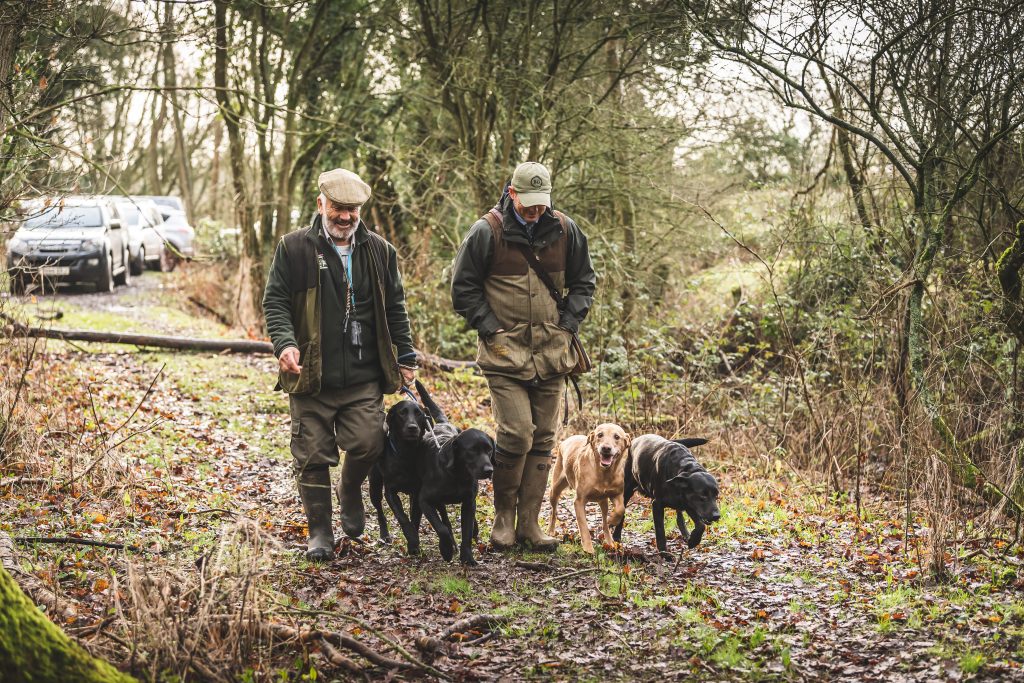
Nothing from the sky
If, by the end of the day, everything has gone well and your dog has sat quietly, I reward it with a simple retrieve. This might be a memory retrieve or a short blind retrieve on grass.
Heel the dog past a dead bird (placed by someone else if needed). Walk away and then send the dog back. The goal is to reinforce the idea that rewards come from you—not randomly from the sky.
I only do this after at least four successful drives. By doing so, the dog learns that patience brings rewards. Birds falling from the sky are not their concern until you give the command.
This structure is vital in the early days. Resist the temptation to let your young dog run in too soon. Doing so can cause long-term damage to their picking-up career.
Mind your manners
When shadowing an experienced picker-up, always respect the Guns. If a Gun has a dog sitting calmly at heel, recognise the work that has gone into that training. They will be keen to pick some birds after the drive.
If you cannot speak to the Gun, a wave or a signal to a dead bird works just as well. Let them collect first. A Gun with a trained dog will appreciate this courtesy. On commercial shoots, this matters even more—after all, their investment keeps the show running.
I once stood as a back Gun with two young cockers. I shot half a dozen birds which dropped behind me. When the horn blew, I was ready to test my training. But before I could turn, a chap arrived with labs and an armful of my birds. “It’s OK sir, I have picked them,” he said.
I was disappointed, even annoyed. It can ruin a Gun’s day if others pick their birds without asking. Working together makes the day better for everyone.
Assessing the day
I try to spot issues as they happen. On a busy shoot, though, there’s rarely time to fix them on the spot. At home, with the dogs by the log burner, I check my notes. From Sunday to Friday, I focus on anything I wasn’t happy with.
If delivery to hand was weak, I use a brace brought home to practise before they go in the freezer. If my dog struggled to hold an area on the hunt whistle, I revisit that in training. Sometimes this happens because the mark is wrong or the bird has moved. By retraining in controlled conditions, the dog regains confidence in the command.
These small improvements during the week have a big impact on performance the following Saturday.
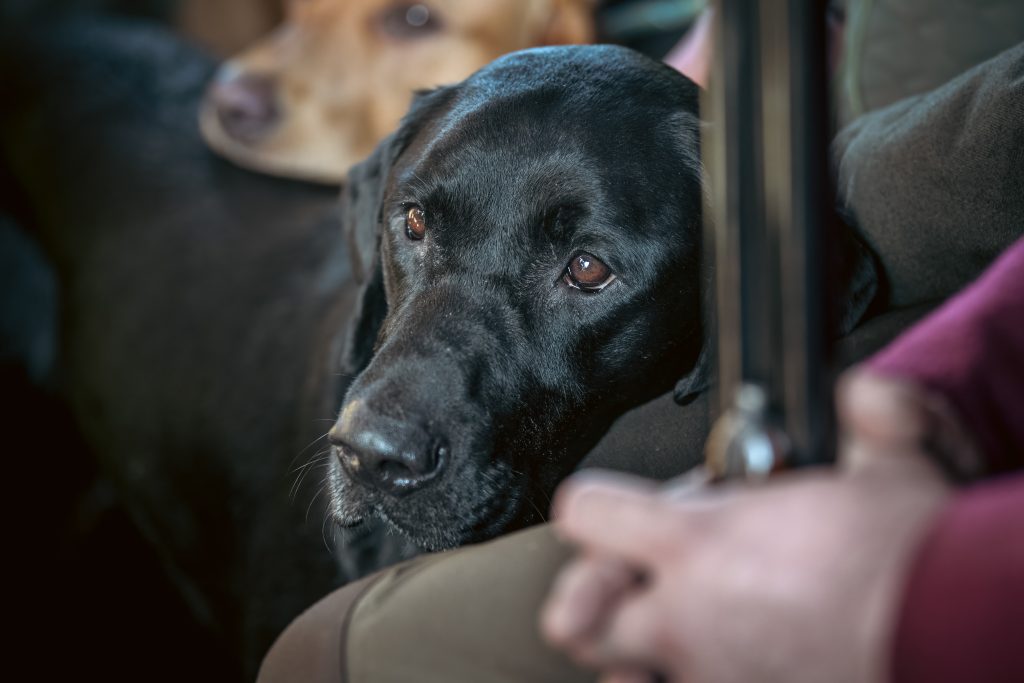
Related Articles
Get the latest news delivered direct to your door
Subscribe to Gundog Journal
Unlock the full potential of your working dog with a subscription to Gundog Journal, the UK’s only dedicated magazine for gundog enthusiasts. Published bi-monthly, this authoritative resource delivers expert training advice, in-depth interviews with top trainers and veterinary guidance to help you nurture a stronger bond with your dog.
With stunning photography and thought-provoking content, Gundog Journal is your essential guide to understanding, training and celebrating your working dog.
Save 10% on shop price when you subscribe, with a choice of packages that work for you. Choose from Print & Digital or Digital only with each journal delivered directly to your door or via the app every other month, plus access to past issues with the digital back issue library.
